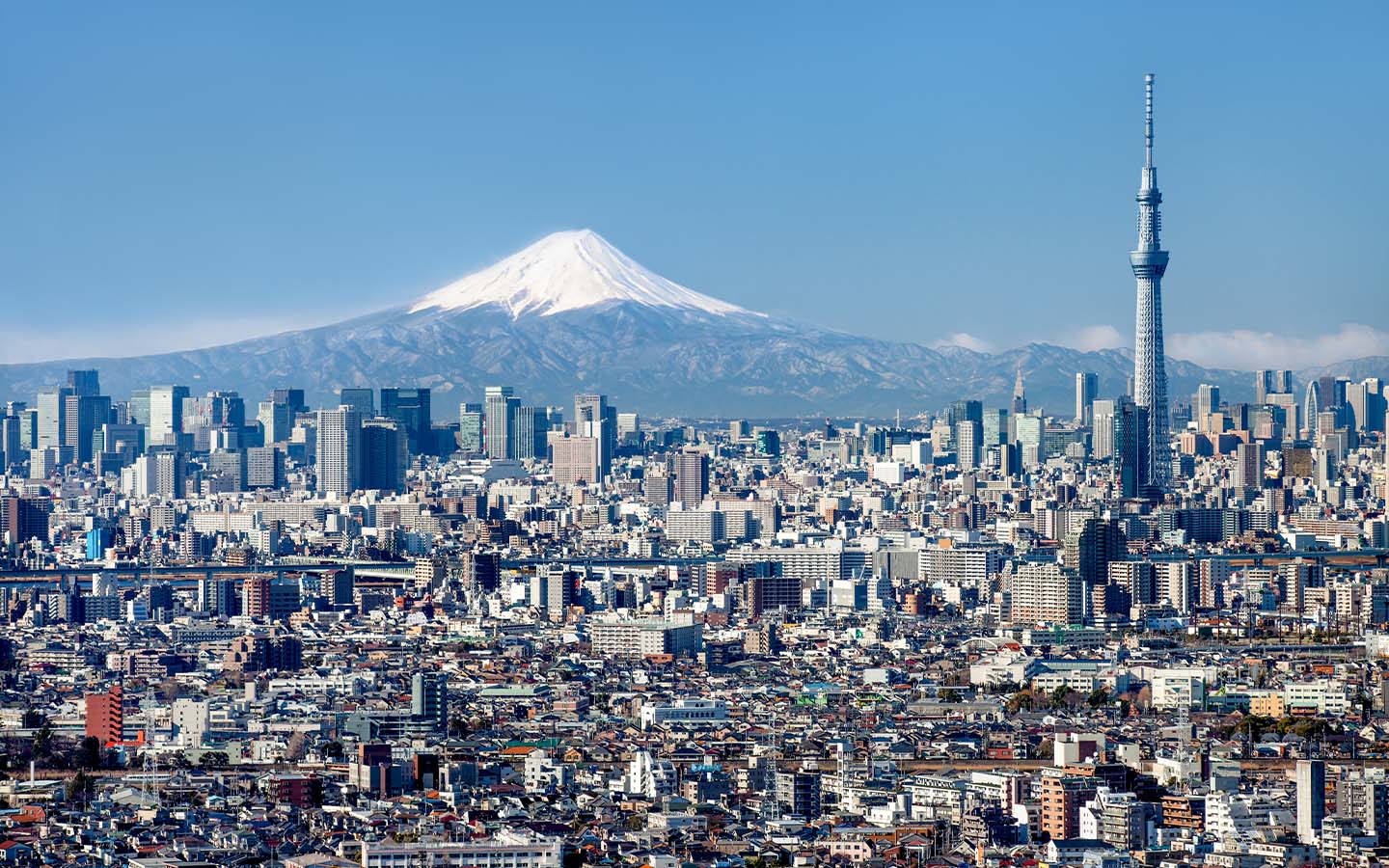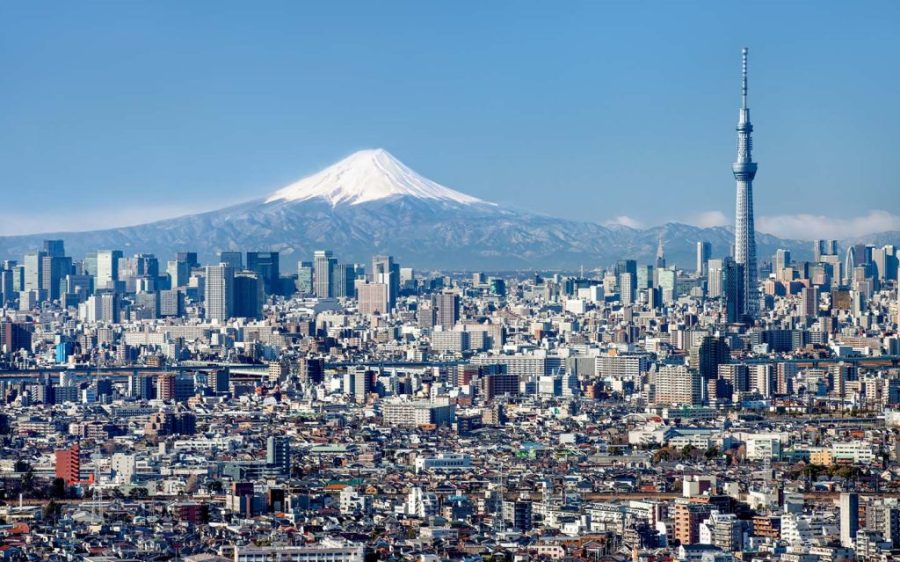Authorities in Japan’s capital have turned to AI-generated video to raise awareness about the impact an eruption at Mount Fuji could have on Tokyo, reports Japanese public media outlet NHK.
It’s been more than three centuries since the last time Mount Fuji erupted but, perched atop the boundary of two major faults in one of the world’s most seismically active countries, it’s only a matter of time before it blows again.
The AI-generated video imagines an event equivalent to that 1707 blast hitting modern-day Tokyo, a young Japanese woman receiving a government warning on her phone, looking on in horror as footage of the explosion plays on the giant digital billboards above. In a calm voice, the narrator explains that the enormous ash cloud will reach the city in one to two hours, dropping 2 to 10 centimetres of ash on the bustling metropolitan area of over 37 million people.
The “unique qualities” of volcanic ash, it warns, “pose many hazards to health and society,” before detailing the disastrous impacts on transport, electricity, food, water, homes and human health expected from such a blast.
The last confirmed eruption of Mount Fuji occurred in 1707, an explosive 2-week-long eruption that blanketed the entire region in some 800 million cubic metres of ash. Even Edo, nearly 100 kilometres from the blast, saw volcanic ash accumulation several centimetres thick. Ash-covered plants were stunted or killed, leading to widespread starvation. While there’s far less agriculture in the region now, the impact of ash on transport infrastructure could still limit the availability of food.
[See more: The head of Japan’s meteorological agency dismisses megaquake rumour as a ‘hoax’]
Even a minimal accumulation of volcanic ash would render the area’s railways and runways unusable. While vehicles might be able to find purchase on ash-covered roadways, they would still have to contend with limited visibility and increased risk of slippage.
Without means to distribute food, store shelves would quickly empty and frozen or refrigerated food could be at risk of spoiling. If rain falls, ash on electrical and cell towers could trigger power and communication blackouts. Ash may also contaminate water supplies and wreak havoc on the sewer systems.
The video offers citizens simple ways to better weather the initial impact, like stocking up on essentials including non-perishable food and bottled water. Authorities also offer a related short preparedness video and a more in-depth symposium on the subject. The initiatives came as Japan marked its Volcanic Disaster Preparedness Day on 26 August.






